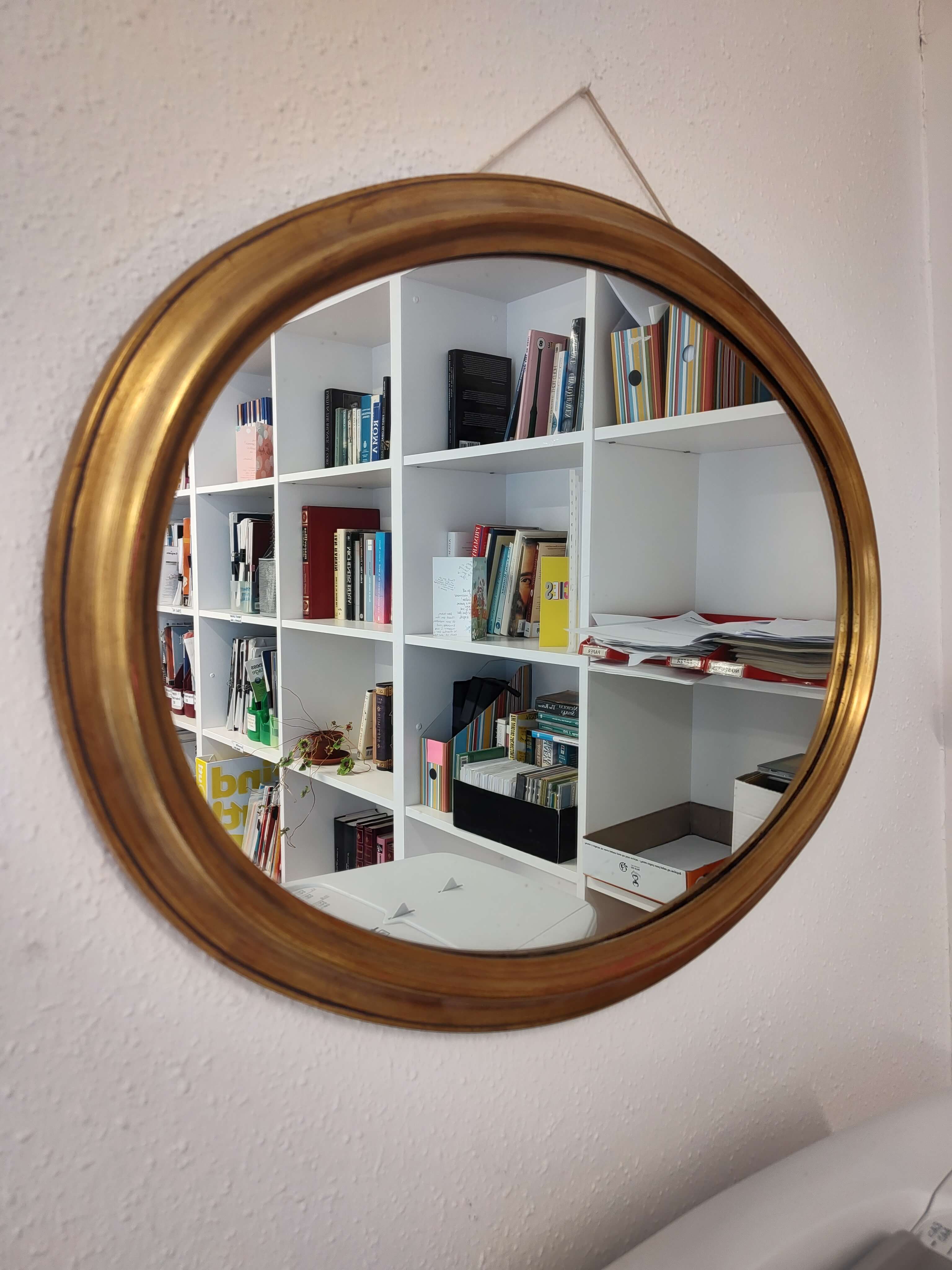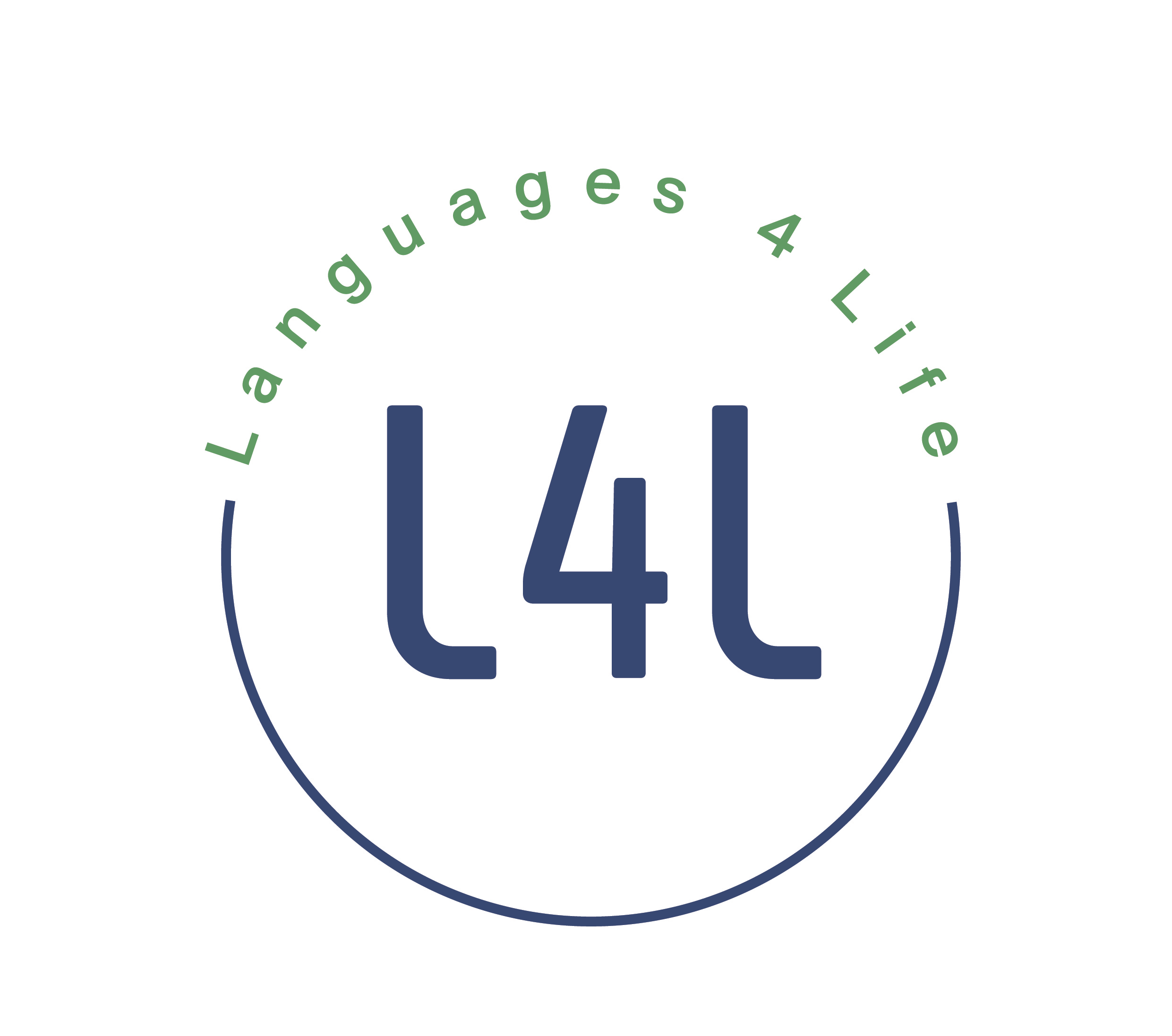Classroom methodologies
Methodology
Our class methodology is mainly based on the action-oriented communicative approach or also called task-oriented communicative approach, which means that the classes are predominantly communicative, cooperative and very dynamic.
Methodological principles:
Language activities should:

Test your language competency today
Take a free assessment test below.
What are the language levels and what do I learn at each level?
Our school builds its curricular program based on the theoretical foundations proposed by the Common European Framework of Reference, CEFR, and the Curricular Plan of the Cervantes Institute. These reference levels constitute the basis for a correct teaching plan for our school.
Level A
Basic user
Level A (basic user) is divided between A1-A2.
Level B
Independent User
Level B (independent user) is divided between B1-B2.
Level C
Proficient User
Level C (proficient user) is divided between C1-C2.
| Level | Sublevel | Description |
|---|---|---|
| A (Basic user) | A1 (Access) | Introducing oneself and others. Giving and asking for basic information. Physical description of people, objects, places and situations. Expressing likes and interests. Describing family and friends. Clothing vocabulary. Market and stores. Making suggestions. Asking and telling the time. Dates. Numbers. Describing the seasons and the weather. Transportation vocabulary. Describing cities and countries. Talking about possessions with the verb tener. |
| A2 (Platform) | Talk about habits and routine. Describe and talk about past experiences and events. Talking about eating habits and lifestyle. Giving advice. Talking about the future and plans. Giving directions and instructions. Describing people. Character and personality. | |
| B (Independent user) | B1 (Intermediate) | Describing past experiences, anecdotes and stories. Expressing wishes and feelings. Talking about hypothetical situations. Talking about fictional stories. Expressing and justifying opinions. Describing emotions and giving advice. Talking about news and current events. Talking about achievements. Talking about the environment and current social issues. |
| B2 (High Intermediate) | Debate and give your point of view. Tell stories in an indirect style. Express hypothetical conditions. Give detailed and precise explanations of preferences, descriptions and personal experiences. Talk about anecdotes. Talking about wishes and regrets. Talking about hopes/intentions and plans for the future. Talking about art and culture. | |
| C (Competent User) | C1 (Effective operational mastery) | Express themselves easily, spontaneously and effectively in social, academic and professional scenarios. Make jokes, use double entendre or irony. Be able to understand a wide variety of discourse: literary texts, films, academic articles, television, etc. Produce clear, fluent and well-structured speech with controlled use of organizational patterns and connectors. Speculation and use of vague language. Discurso controvertidoUse of language of persuasion, frustration, criticism, evaluation and negotiation. |
| C2 (Master) | Participate in conversations or discussions with ease. Being able to understand with ease everything you hear and read. Use idiomatic expressions and colloquialisms. Express yourself fluently and accurately while conveying different points of view. Learning to overcome communication problems with discretion. |
